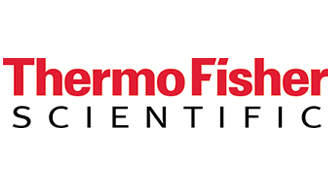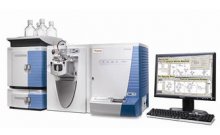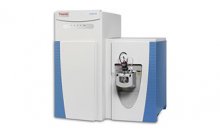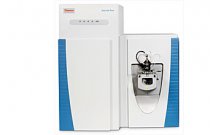单四级杆GC-MS分析环境样品中SVOC的优势体现
Introduction
Analysis of semi-volatile organic compounds by GC/ MS according to well-established metho do logies requires integration of a complete system of GC-MS instrumentation and sot tware for data interpretation, analysis and reporting. While the overall process of analyzing these target compounds is a mature technique, there are continuous innovations that allow laboratories to meet lower detection limits and analyze new compounds to comply with changing regulations, with higher throughput and improved quality.
Instruments
A Thermo Scientific ISQ GC-MS system was operated at a scan speed of 4,650 u/ sec (0.1 s/ scan) over a mass range of m/z 35 to 500. The Thermo Scientific AS 3000 II autosampler was used to deliver 1 µL of sample for analysis. The Thermo Scientific TRACE GC Ultra gas chromatograph was operated in the split mode to eliminate a significant portion of the matrix. The sensitivity of the mass spectrometer was more than able to reach accepted detection limits.
Conclusions
After establishing a baseline of performance according to the guidelines in US EPA Method 8270D, improvements to the method were made in chromatography, taking advantage of the performance capabilities of the hardware, and applying a software package developed around routine GC-MS work tlows. By combining these techniques, an average IDL of 0.023 ng/µL and an extended working range from 0.5 to 200 ng/µL was established. The improvements resulted nin shorter run times and increases in overall throughput for sample analysis with less time spent in data review due to the introduction of an intelligent Active View teat ure in the Enviro Lab Forms reporting software.




